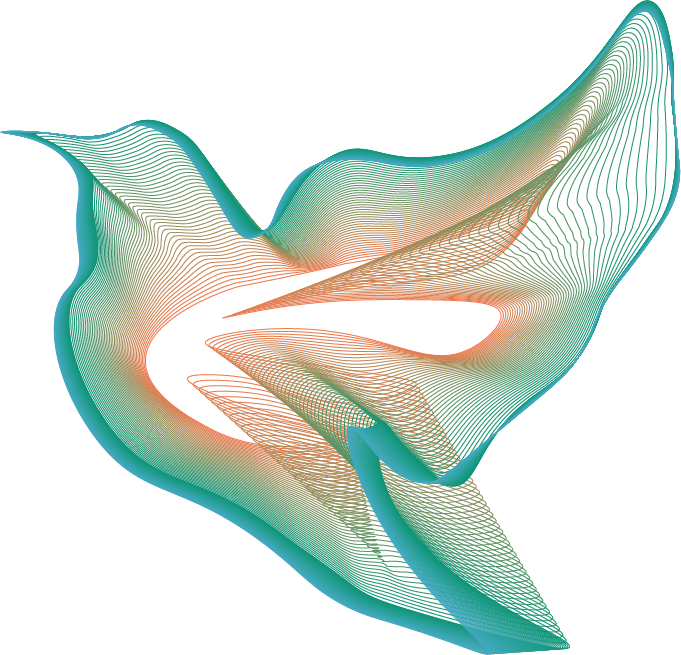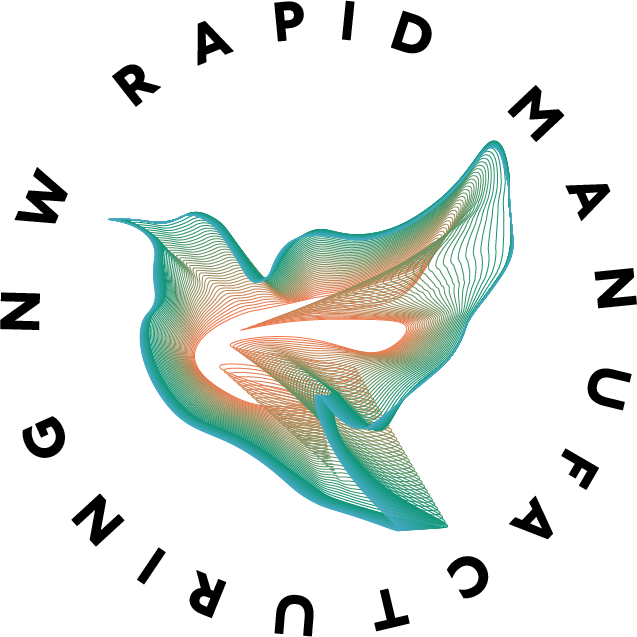
MIL-Spec Paint What?
So you send us your 3D printing project, color included and BAM, you’re asked if you’d like to provide us with a MIL-Spec paint color instead ... And you have no clue what we’re talking about. MIL-Spec? You gave us a color … Isn’t that enough? Consistency darling, it’s all about consistency! Unlike Pantone numbers, MIL-Spec paints are standardized paint recipes...
So you send us your 3D printing project, color included and BAM, you’re asked if you’d like to provide us with a MIL-Spec paint color instead ... And you have no clue what we’re talking about. MIL-Spec? You gave us a color … Isn’t that enough?
Why are we asking you for a MIL-Spec paint? Consistency darling, it’s all about consistency! Unlike Pantone numbers, MIL-Spec paints are standardized paint recipes. Standardization means consistency (no matter how many batches we print and paint, the color of every single batch is consistent with the rest). And consistency means we’re printing exactly what you expected. Getting what you expected means you’re happy, which means we’re happy … And happiness is definitely worth a quick explanation.
What’s the difference?
In order to really understand the difference between Pantone colors and MIL-Spec paints, it’s best that we establish exactly what Pantone colors and MIL-Specs are:
Pantone Colors Explained
Pantone colors refer to colors specified in the Pantone Matching System or PMS (does PMS color ring a bell for some of you?). The PMS is a proprietary, standardized color system, which describes colors by an allocated number (e.g. PMS 143). The allocated number explains the ink color combination that gets you that particular color. It sounds like it would work for 3D printing, right? After all, the PMS was devised to help printers and designers standardize colors for printing projects. But here’s the problem … The Pantone Matching System is specific to ink … Not paint. There is no Pantone paint. There’s paint that has been closely matched to Pantone colors. But Pantone paint doesn’t exist … And we use paint.

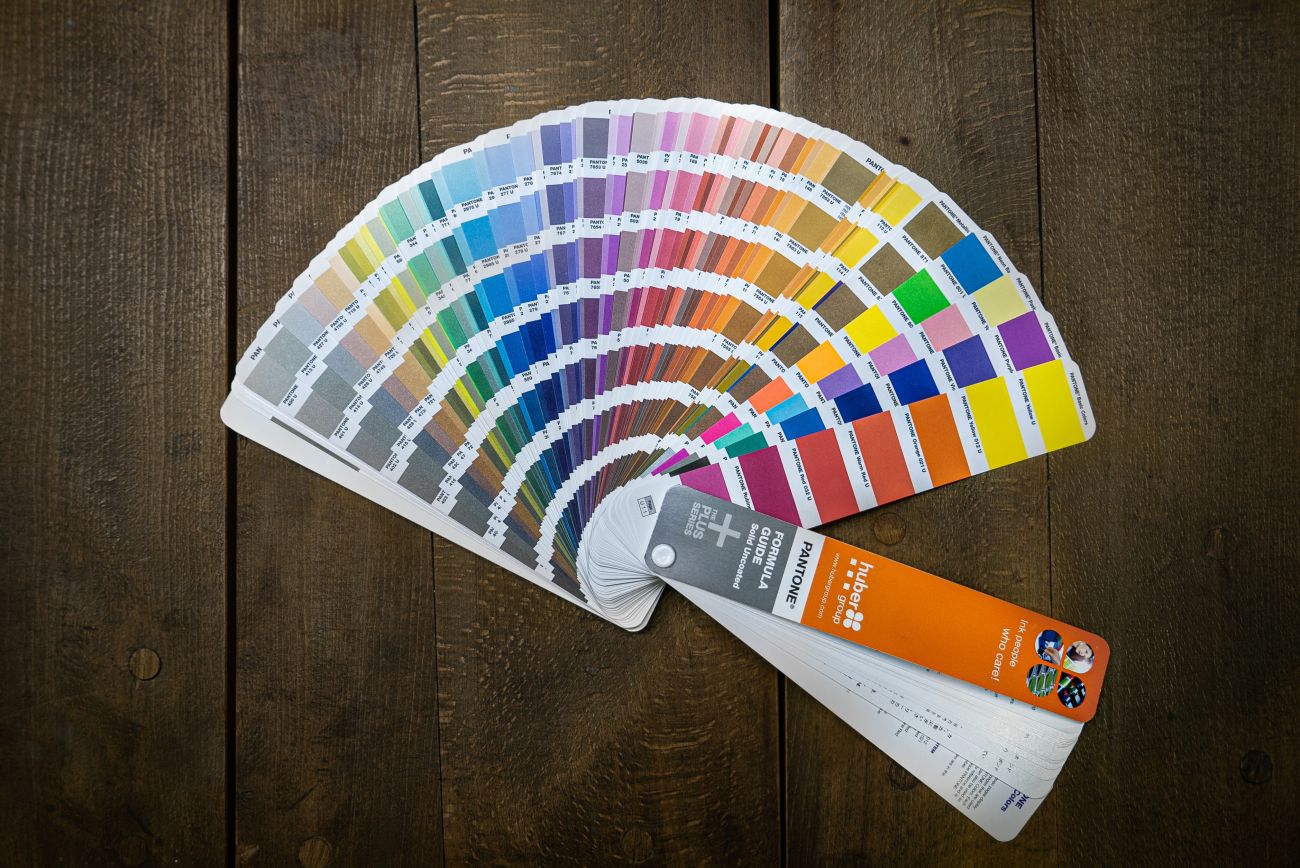
MIL-Spec Paint Explained
MIL-Spec refers to the United States military standard, sometimes referred to as MIL-STD or MIL-Spec. While Mil-Specs are criteria used for a variety of things – parts, weaponry, electronics – and they can include a variety of measurements – dimensions, materials, manufacturing methods, testing requirements – what’s important for us to explain here is why MIL-Specs are used. Basing manufacturing on MIL-Specs leads to standardized outputs, which reassures the consumer (the United States military) that what they receive is reliable, compatible, consistent, and exactly what they expected … And we all know how the military feels about consistency.
With this understanding of MIL-Spec, MIL-Spec paint then (sometimes referred to as FD-STD 595 paint spec), is a paint color that is made with a standardized paint “recipe” that is so consistent that it’s military approved. The “recipe” that we use is the same “recipe” used for coating vehicles, weapons, ships, etc. This standardized paint recipe, rather than ink color number like we see in the Pantone Matching System, ensures that anything painted with that paint color recipe will be the exact same color.

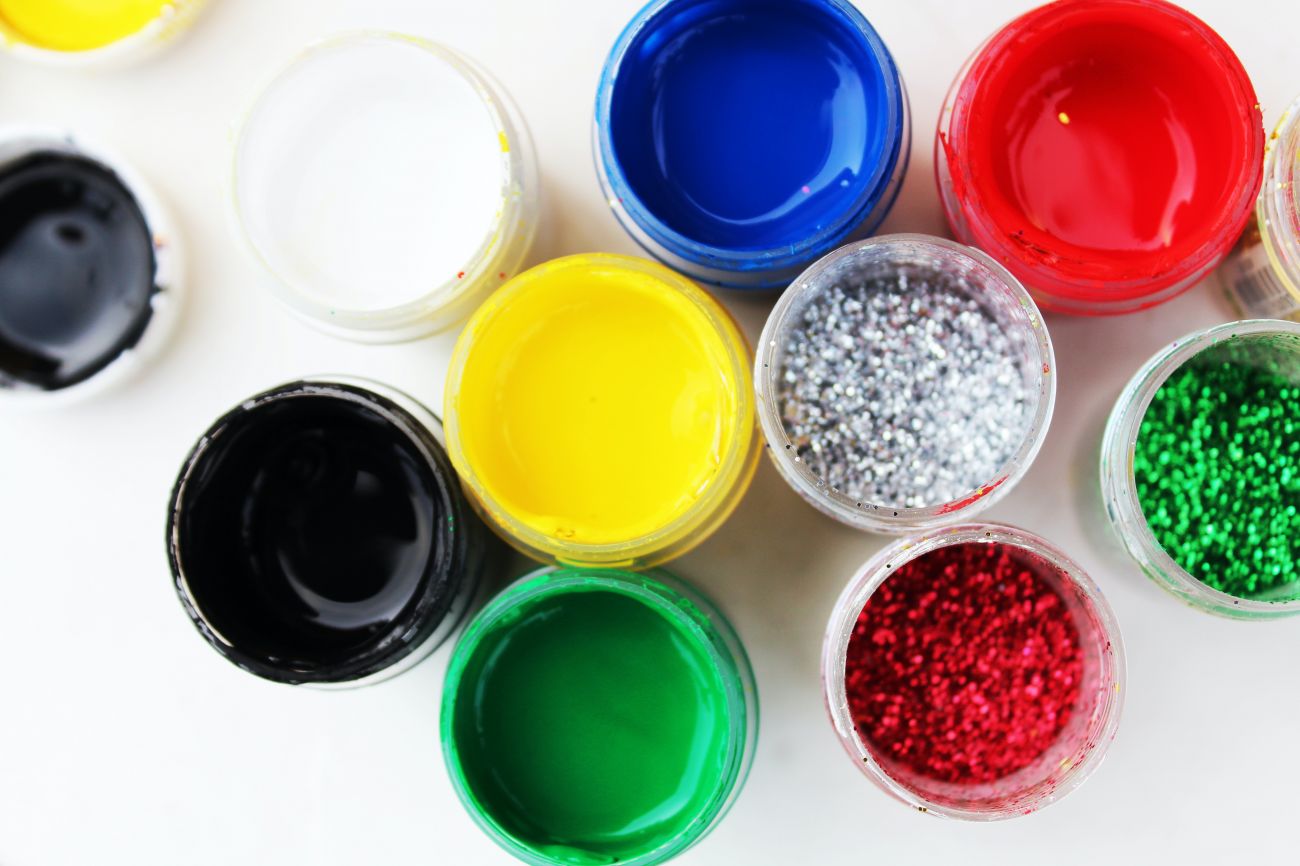
Think about it like baking a cake
If someone asks you to bake a chocolate cake, you could probably make a passable cake without a recipe – Flour, sugar, eggs, cocoa powder, espresso, vanilla, salt, baking powder. But if someone asks you to make that exact same chocolate cake two, three, ten, twenty, a hundred times … Without a recipe, there’s no way you can make that exact same chocolate cake every time. You might use more chocolate on a few or the shape of the cake might turn out slightly different or you might add more espresso or less salt or more baking powder … You’ll make chocolate cakes, sure, but they won’t all be exactly the same.

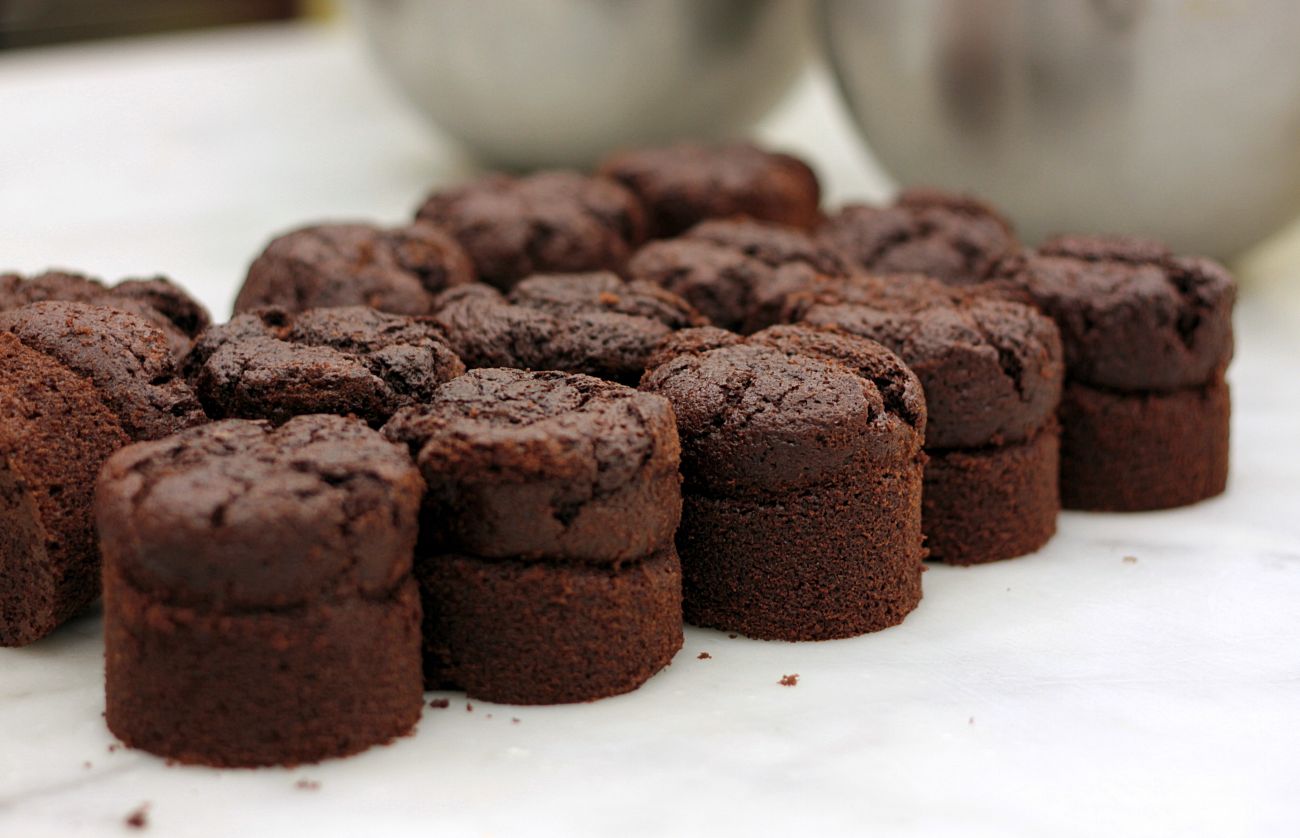
What does this mean for 3D printing?
Consider printing one batch of a 3D printed item and painting it with one batch of paint. Whether we use a Pantone color number, or a MIL-Spec paint won’t matter because the entire batch will be the same color.
Now, consider printing multiple batches of a 3D printed item that are then painted with multiple batches of paint. If we use a Pantone color number, each batch of paint is going to be slightly different because the color number doesn’t give us the exact paint recipe. But if we use a MIL-Spec paint, we’re working from a specific recipe, which means that every item in every batch that we print and paint with that MIL-SPEC paint will be the exact same color.
Consistency, darling…
Manufacturing (rapid manufacturing in the case of 3D printing) is all about consistency. And the best way to ensure consistent color across everything we print and paint for you is to paint with MIL-Spec … Not Pantone colors or PMS paint or our best guess at the paint recipe that will yield a color that closely matches your Pantone of choice.
So, you have a few paint options…
Now that we all understand the difference between Pantone colors and MIL-Spec paint, you have a few options when painting your 3D printed project:
- If you’re only printing a small, single batch of product, then MIL-Spec vs. Pantone isn’t really a problem for you (yay!). We highly recommend that you simply choose a Krylon spray paint color that you like and we can use that.
- You could visit a local paint store, buy the paint that you like (making sure to purchase enough to complete your project or be available to get us more when we need it), give it to us and we can use that, notifying you if we need more. If you choose this route we highly recommend that you confirm with the paint store that they can replicate the color you’ve chosen as much as you need, just in case you need another batch of paint down the road.
- Our most highly recommended route though, is to simply Google FD-STD 595 paint colors and browse the different MIL-Spec paint options, which will include sites like this Federal Standard Color website. When you find a color (or a few colors) that appear to be a good fit, buy a paint chip to verify the color in person (screens can do some funky things to color!). Once you’ve found the perfect color, all we need to know is the FD-STD 595 color number. That’s it. We can take care of the rest.
